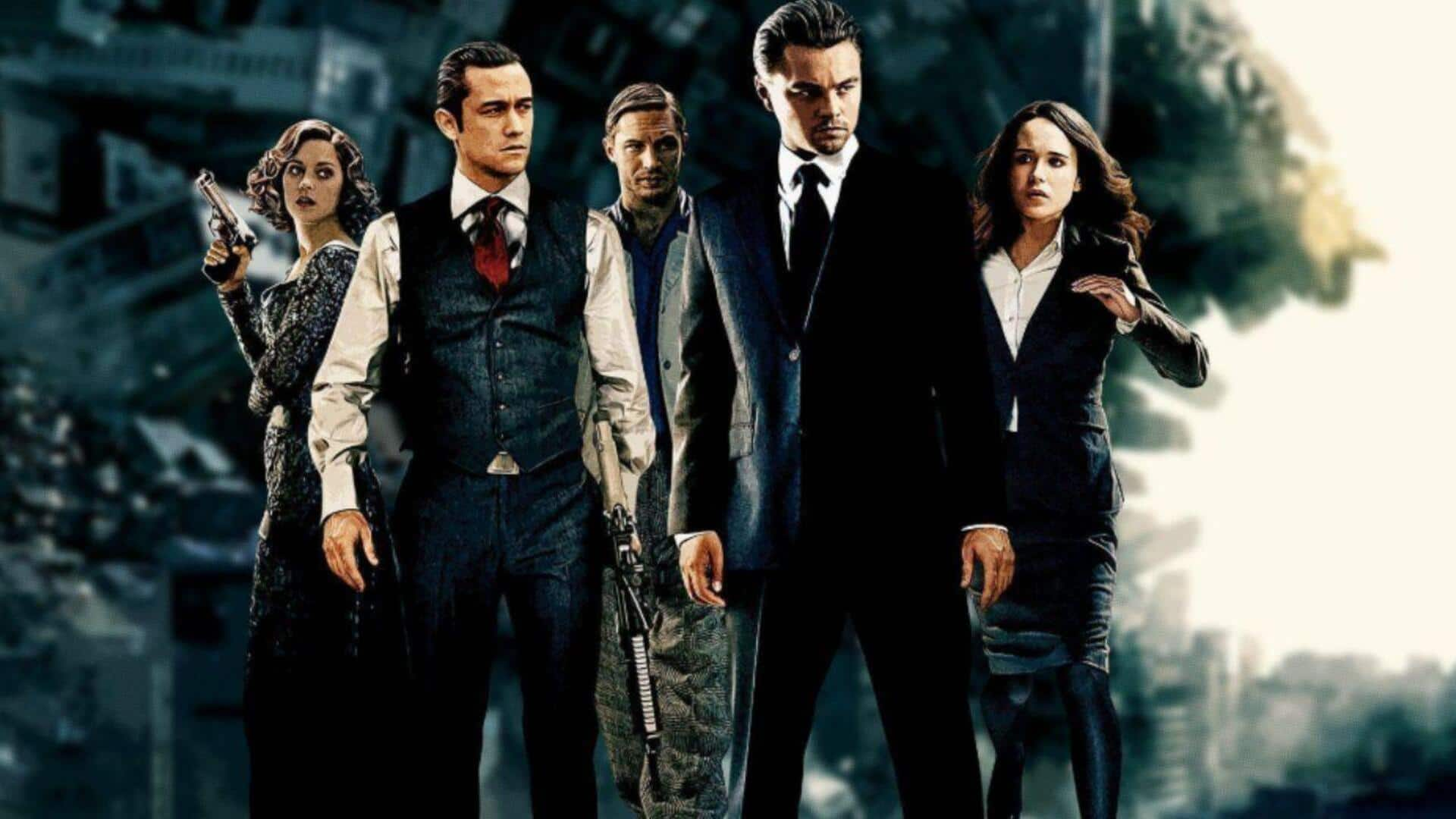
5 mind-bending behind-the-scenes facts about 'Inception'
What's the story
Christopher Nolan's Inception is that one movie that has piqued our interest, thanks to its complicated storyline and awe-inspiring visuals. Released in 2010, it became an instant classic. While we all know the story, here are some interesting behind-the-scenes facts you didn't know about the movie. These will give you an insight into the detailed planning and creativity involved in making this masterpiece.
Development
The long journey of creation
The idea behind Inception was conceived over ten years before its release in theaters. Nolan first pitched the idea to Warner Bros. in 2001 but felt he needed additional experience in large-scale films before attempting such an ambitious project. After directing blockbuster hits like The Dark Knight, he returned to the idea, enabling him to refine and enhance his original vision.
Visuals
Practical effects over CGI
Despite the film's dreamlike sequences, Nolan chose practical effects over CGI as much as he could. For example, the iconic hallway fight scene was shot on a rotating set instead of relying on digital effects. This not only added authenticity but also pushed actors to perform within physically demanding environments.
Design inspiration
Influences from architecture
Architecture was another key factor in defining the visual style of Inception. Nolan took inspiration from several architectural styles and buildings across the world to create his own, unique dreamscapes. Escher-like designs and impossible geometries were used to depict the surreal nature of dreams while keeping things grounded in reality.
Music composition
Hans Zimmer's unique score approach
Hans Zimmer crafted an unforgettable score for Inception, making it an integral part of the movie's narrative. Zimmer collaborated with Nolan, using innovative techniques. One of them was to turn Edith Piaf's Non, Je Ne Regrette Rien into different slowed-down versions. These adaptations reflected the film's themes of time dilation within the dream sequences, enriching the overall auditory experience for viewers.
Preparation
Cast training for realism
To ensure authenticity, the cast underwent extensive training sessions led by experts in fields like wirework or martial arts choreography before filming began. Set locations around the world — Tokyo, Paris, Los Angeles, Calgary, and Morocco — ensured they were well-prepared to execute challenging scenes seamlessly. This way, there was a reduced reliance on post-production enhancements, thereby enhancing the overall believability for the audience.